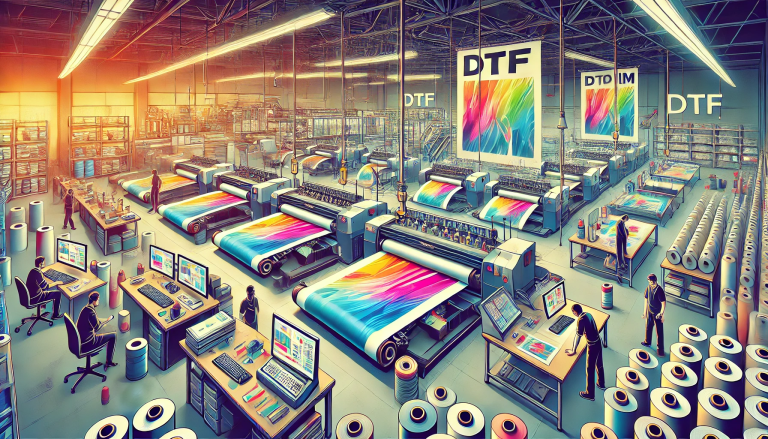“Revolutionizing Textile Printing: A Deep Dive into UV DTF Printing on Cotton” -MAXDTF- UV DTF AB Paper Supplier, China UV Film Transfer Paper, Made in China
Ever since its advent, Digital Textile Printing (DTP) has reshaped the way we look at fabrics and their decoration. With the rapid advancements in this sector, we now have several sophisticated technologies at our disposal, each with its unique potential. Today, we’ll dive into an innovative technology that’s raising the bar in textile printing — UV Direct To Film (DTF) printing on cotton.
Understanding UV DTF Printing
UV DTF printing, an offshoot of DTF (Direct-to-Film) printing, is an emerging technique that leverages ultraviolet (UV) reactive inks to create striking and durable prints on textiles, particularly cotton. This technology owes its uniqueness to the specific properties of UV-cured inks. When exposed to UV light, these inks instantly harden and adhere to the textile’s surface, enabling sharp, vibrant, and incredibly durable designs.
This technology differs from traditional DTF, which primarily uses heat transfer to apply the design onto the textile. UV DTF eliminates the heat factor, thereby reducing energy consumption and potentially improving the process’s overall efficiency.
Benefits of UV DTF Printing on Cotton
Quality and Durability
UV DTF printing on cotton gives birth to extraordinarily sharp, vivid, and detailed designs, thanks to the immediate curing and adhesion process of UV-cured inks. This quick drying process leads to less ink spread, maintaining the integrity of the print’s details. Moreover, these prints are highly resistant to fading, washing, and wear-and-tear, ensuring longevity.
Versatility
While cotton is known for its excellent compatibility with UV DTF printing, the technology itself is versatile enough to be used on various textiles, including delicate materials that are sensitive to heat, thus broadening its utility across different types of garments and accessories.
Sustainability
UV DTF printing’s sustainability quotient is commendable. The elimination of heat transfer means significant energy savings. Moreover, UV-cured inks do not contain volatile organic compounds (VOCs), making them less harmful to the environment. The fact that the ink is cured instantly also reduces waste, as there’s no excess ink to dispose of.
Cost and Time Efficiency
UV DTF printing on cotton enables higher print speeds without compromising on quality, owing to the immediate curing of the ink. This faster turn-around time enhances productivity and makes the technology ideal for mass production. Additionally, as there’s less ink wastage and lower energy costs, businesses can enjoy reduced operational expenses.
The Future of UV DTF Printing on Cotton
While UV DTF printing on cotton is still a relatively new kid on the block, its adoption is gradually growing. Given the numerous advantages it offers, this technology has the potential to revolutionize the textile industry. The blend of quality, efficiency, and sustainability makes UV DTF a game-changing technology that aligns well with the modern world’s demands.
While UV DTF is indeed promising, it’s crucial for businesses and print operators to ensure they source high-quality UV-cured inks and maintain their printing equipment to optimize their results.
As we step into a future where sustainability, quality, and efficiency are paramount, technologies like UV DTF printing on cotton present new avenues to explore. The evolution of the textile industry continues, and with UV DTF, it seems to be on a vibrant, promising path.




